From a social point of view, insanity is a lack of composure or behavioral instability. From a medical point of view it is a mental disorder or psychopathy. And from a legal point of view it is a condition when one is unable to discriminate between good and bad. The scientific method requires lot of concentration and focused attention to be fruitful. Most of the scientists, therefore, have remained dedicated to their endeavors at the cost of their own health. Only a few great scientists like Einstein have been able to remain sanely dedicated to the cause of their projects while most of them have been lost in the quagmire of their research. Some have been too excited at the perceived success of their findings even before its application, like Archimedes, while there are others who have been only too satisfied with their success like Eastman. And yet there have been some other scientists who lost their nerves while conducting their work to the extent that they ended up with a loss of their own lives. Most of the scientists have taken risks deliberately knowing the probable perils, but it was due to their dedication that they wanted to explore even the least of possibilities through their first-rate testing, observation, and inference which is the basis of the scientific method.
1. Louis Pasteur

Louis Pasteur was borne in Dole, France on December 27, 1822. If not the most influential, he is one of the most influential scientists in the recorded history of humanity. Along with Ferdinand Cohn and Robert Koch, he is one of the three cofounders of microbiology. Louis Pasteur is famous for the invention of pasteurization, asymmetry of crystals, and the development of vaccines. Pasteur prepared and used the rabies vaccine for the first time on July 6, 1885, on a nine-year-old boy, Joseph Meister, who was badly bitten and bruised by a rabid dog. It was not very sane on his part to vaccinate a human being while he was not a licensed physician. He was only too dedicated to his cause. Axcel Munthe in The Story of San Michele wrote, ‘Pasteur himself was absolutely fearless. Anxious to secure a sample of saliva straight from the jaws of a rabid dog, I once saw him with the glass tube held between his lips draw a few drops of the deadly saliva from the mouth of a rabid Bulldog held on a table by two assistants, their hands protected by leather gloves.’
2. Francis Bacon
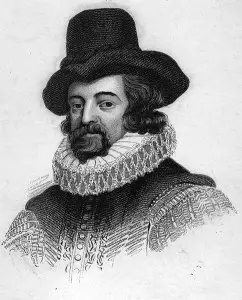
Francis Bacon was born in Strand, London, England on January 5, 1561, and died in Highgate, London, England on April 9, 1626 at the age of 65. He was man of great renown as an author, philosopher, statesman, and scientist. Bacon’s essays are an integral part of English literature. He is remembered for his practice of the scientific method. He was extremely absorbed in his quest for finding the efficiency of freezing in the preservation of meat. Thinking that snow could preserve the meat, he experimented with a turkey stuffed with snow, and he did so in an open field giving no heed to his dress. Consequently, he contracted pneumonia and could barely survive although his experiment with the preservation of meat by freezing was successful and is being used commercially all over the world.
3. Santorio Santorio
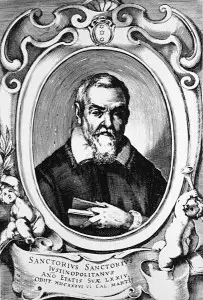
Santorio Santorio was born in Koper, Italy on March 29, 1561 and died in Venice, Italy on February, 1636 at the age of 74. He was a colleague of Galileo and is best remembered for his invention of the clinical thermometer and a pulse rate measuring device . A pulsilogium is considered to be one of the first machines used for medical purposes. It was a harbinger of the current ECG machine. He is also remembered for his rather insane obsession with recording the difference between the weights of ingested and excreted materials from the body. He made a thermoscope and experimented with it for 30 years. He tried to infer some valuable scientific information, but his method is considered the foundation stone in studying the metabolism.
4. Karl Scheele
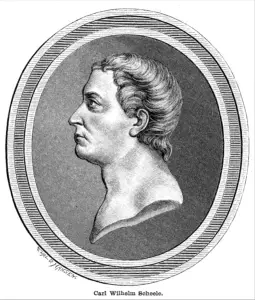
Karl Scheele was born in Starlsund, Swedish Pomerania (now Germany) on December 9, 1742 and died in Koping, Sweden on May 21, 1786 at the age of 43. He was a chemist and discovered oxygen, tungsten, molybdenum, manganese, and chlorine. He believed in organoleptic testing or sensory perception; therefore, was in the habit of taste-testing things. He tested hydrogen cyanide by tasting it and consequently died of its symptoms which resembled mercury poisoning.
5. Vladimir Demikhov
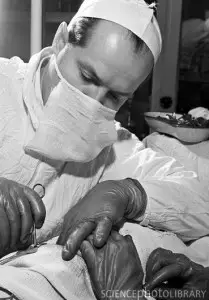
Vladimir Demikhov was a Russian scientist who was obsessed with animal grafting. In 1954 he displayed a double-headed dog in the presence of reporters from around the world. He grafted 20 dog heads, but none survived due to tissue rejection. The longest recorded survival of a double-headed dog was two months. He grafted the head, shoulders, and front legs of a puppy onto the neck of a mature German shepherd. Although Demikhov’s experimentation was generally considered an insane act, it paved the way for heart transplants by Dr. Christian Bernard who visited Demikhov’s labs twice. Demikhov was awarded the Order of Merit for the Fatherland, 3rd Class and received the USSR State Prize.
6. Marie Curie
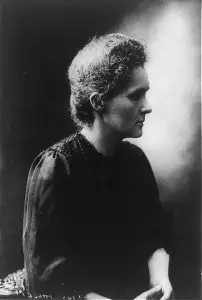
Marie Curie was born in Watsaw, Kingdom of Poland on November 7, 1867 and died in Passy, Haute-Savoie, France on July 4, 1934 at the age of 66. She and her husband Pierre discovered radium in 1898. She remained insanely dedicated to the research of radiation throughout her life till the constant exposure to radiation caused her leukemia and ultimately her death. Marie Curie is the first-ever scientist to win two Nobel Prizes in different sciences, physics and chemistry.
7. Galileo Galilei
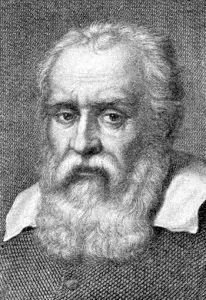
Galileo Galilei was born in Pisa, Florence, Italy in February, 1564 and died in Arcetri, Tuscany, Italy on January 8, 1642. He was a scientist of high renown. Being an outstanding physicist, mathematician, astronomer, and philosopher, he is considered the father of modern sciences. He is best remembered for his invention of the telescope and his firm views on astronomy. He was tried by Church for his expressing his belief that the planet Earth was not static, and it was considered as something against the Scriptures. He was found guilty of heresy by the court and was punished with lifelong house arrest.
8. Archimedes
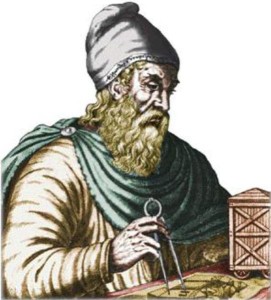
The King of Cyprus suspected that the goldsmith had mixed some other metal with the pure gold given to him for making his crown. Archimedes was assigned to assess its purity. Stepping into the bathtub he noted that the water level rose equal to the volume of his body submerged in water. This would form the basis of the Archimedes Principle. He was so excited with his findings that he got out of the tub and exclaimed ‘Eureka!’ Forgetting he was naked, he ran through the streets of Syracuse. Determining its density, he found the crown was not made of pure gold as suspected by the king.
9. Wallace Carothers
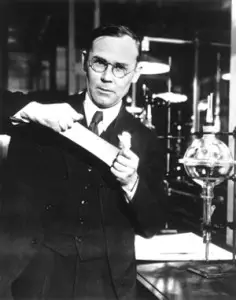
Wallace Carothers was born in Burlington, Iowa, U.S. on April 27, 1896 and died in Philadelphia, Pennsylvania, U.S. on April 29, 1937 at the age of 41. He is best known for his invention of nylon. He was the leader of the research group at DuPont’s Experimental Station Laboratory. After his great discovery of nylon and his sister’s untimely death, he was mentally blocked and committed suicide by poisoning himself on April 29, 1937.
10. George Eastman
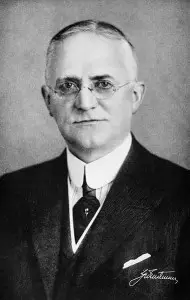
George Eastman was born in Waterville, New York, U.S. on July 12, 1854 and died in Rochester, New York, U.S. on March 14, 1932 at the age of 77. George Eastman founded the Eastman Kodak Company and also invented roll film which paved the way for the production of first ever motion picture film by Edward Muybridge and Louis Le Prince. After his great accomplishment, he committed suicide on March 14, 1932. The suicidal note which he left read, ‘My work is done. Why wait?’
Conclusion:
Dedicated scientists are like the born hunters; the lions, tigers and panthers who do take all the necessary precautions prior to attacking their prey. But having once started the chase for the hunt, there is nothing that can obstruct them in their sole objective to kill because it is a matter of their own survival. A scientist similarly lives on his own hunt which are his own discoveries. And having once stepped into finding the core of the matter, there is nothing to stop him or her from following the logical course of events in the job at hand. Except for only a few, the majority of scientists have rendered great services to humanity through their insanely dedicated efforts.










Leave a Reply